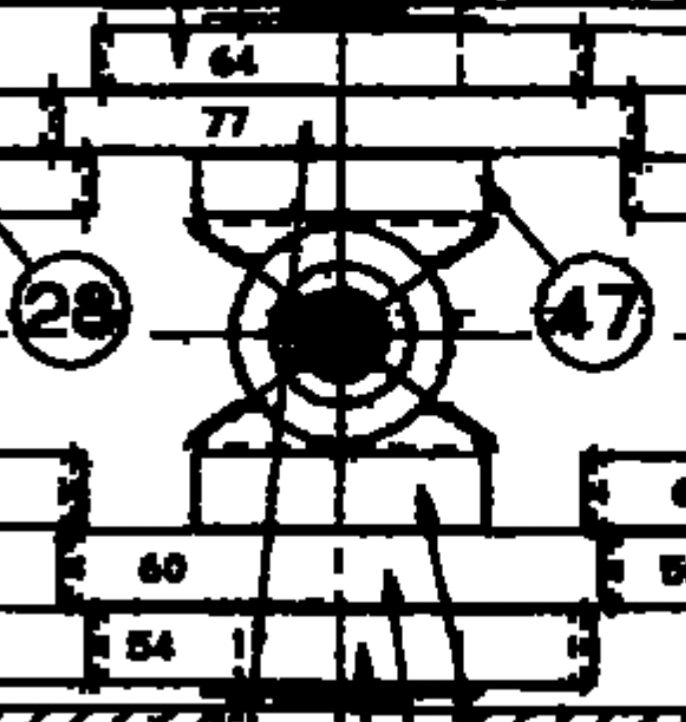Hi Guys, Hopefully you can help me find answers to my questions
I am looking for how to calculate the speeds of each of the output shafts.
This reducer has two drive shafts and eleven output shafts on the opposite side. Each of the shafts has two planet gears.
What is the relationship between the input side and output side planetariums? Would it be one? In other words, does the shaft rotate at the same speed on each side?

I am looking for how to calculate the speeds of each of the output shafts.
This reducer has two drive shafts and eleven output shafts on the opposite side. Each of the shafts has two planet gears.
What is the relationship between the input side and output side planetariums? Would it be one? In other words, does the shaft rotate at the same speed on each side?


